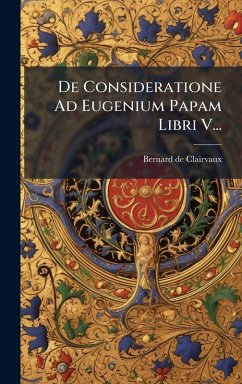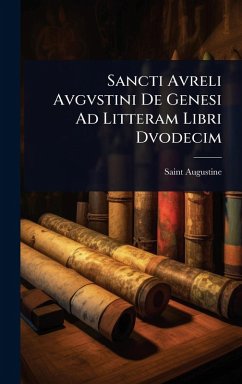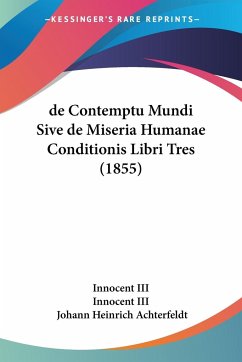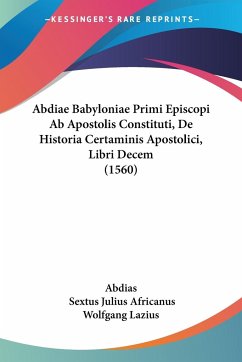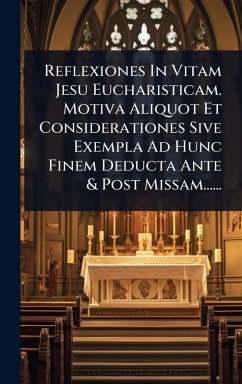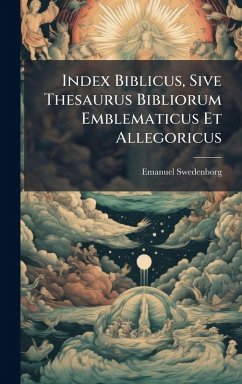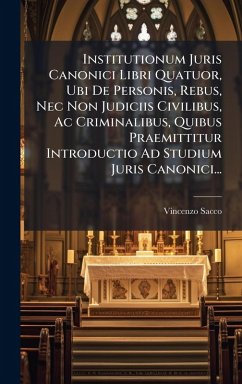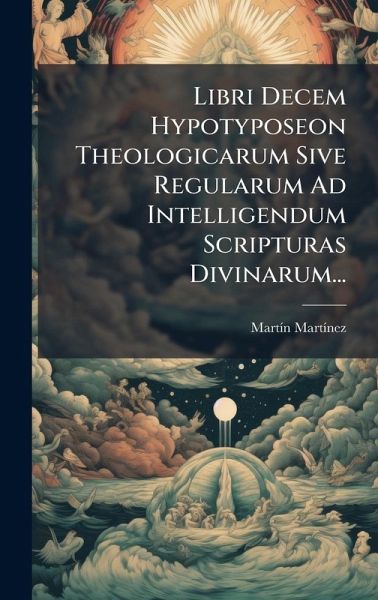
Libri Decem Hypotyposeon Theologicarum Sive Regularum Ad Intelligendum Scripturas Divinarum...
Versandkostenfrei!
Versandfertig in über 4 Wochen
36,99 €
inkl. MwSt.
Weitere Ausgaben:

PAYBACK Punkte
18 °P sammeln!
Libri Decem Hypotyposeon Theologicarum Sive Regularum Ad Intelligendum Scripturas Divinarum... is a theological work by MartÃ-n MartÃ-nez, written in Latin. This book presents ten theological guidelines or 'hypotyposeon' intended to aid in the understanding of divine scriptures. The text likely explores principles of biblical interpretation and theological rules pertinent to Christian doctrine. Scholars and students of theology, particularly those interested in historical approaches to scriptural understanding and the development of theological thought, will find this a valuable resource. Th...
Libri Decem Hypotyposeon Theologicarum Sive Regularum Ad Intelligendum Scripturas Divinarum... is a theological work by MartÃ-n MartÃ-nez, written in Latin. This book presents ten theological guidelines or 'hypotyposeon' intended to aid in the understanding of divine scriptures. The text likely explores principles of biblical interpretation and theological rules pertinent to Christian doctrine. Scholars and students of theology, particularly those interested in historical approaches to scriptural understanding and the development of theological thought, will find this a valuable resource. The Latin text provides a direct connection to the theological discourse of its time. This work has been selected by scholars as being culturally important, and is part of the knowledge base of civilization as we know it. This work was reproduced from the original artifact, and remains as true to the original work as possible. Therefore, you will see the original copyright references, library stamps (as most of these works have been housed in our most important libraries around the world), and other notations in the work. This work is in the public domain in the United States of America, and possibly other nations. Within the United States, you may freely copy and distribute this work, as no entity (individual or corporate) has a copyright on the body of the work. As a reproduction of a historical artifact, this work may contain missing or blurred pages, poor pictures, errant marks, etc. Scholars believe, and we concur, that this work is important enough to be preserved, reproduced, and made generally available to the public. We appreciate your support of the preservation process, and thank you for being an important part of keeping this knowledge alive and relevant.




